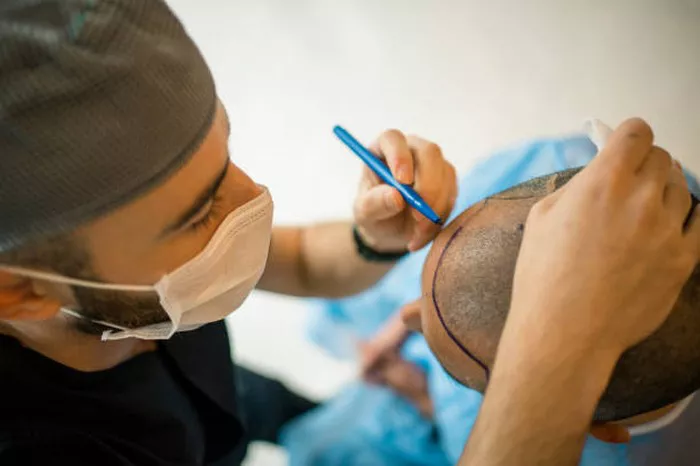For many people, the cost of a hair transplant can be a significant barrier to achieving their desired results. However, there are several financing options available that can make the procedure more affordable and accessible.
One of the most common financing options is a medical loan, which allows patients to spread the cost of their hair transplant over several months or years. Many clinics partner with financing companies to offer low-interest loans with flexible repayment terms. “Medical loans are a great option for patients who want to avoid paying the full cost upfront,” says Dr. John Harris, a hair restoration specialist in Chicago. “It’s important to compare interest rates and terms to find the best deal.”
Another option is to use a credit card with a low-interest rate or a promotional 0% APR period. This can be a convenient way to finance a hair transplant, especially for patients with good credit. “Using a credit card can be a smart choice if you can pay off the balance before the promotional period ends,” advises Dr. Harris. “Otherwise, the interest charges can add up quickly.”
Some clinics also offer in-house financing plans, allowing patients to pay for their procedure in installments. These plans may require a down payment and have specific eligibility criteria, so it’s important to discuss the details with the clinic. “In-house financing can be a good option for patients who prefer to work directly with the clinic,” says Dr. Harris. “Just make sure you understand the terms and conditions before signing up.”
Health savings accounts (HSAs) and flexible spending accounts (FSAs) are another way to cover the cost of a hair transplant. These accounts allow patients to set aside pre-tax dollars for medical expenses, reducing the overall cost. “Using an HSA or FSA can save you money on taxes and make the procedure more affordable,” explains Dr. Harris. “Check with your employer or financial advisor to see if you’re eligible.”
For patients considering medical tourism, it’s important to factor in additional expenses such as travel, accommodation, and follow-up care. While the cost of the procedure may be lower in countries like Turkey or India, the total cost can still add up. “Make sure you have a clear understanding of all the costs involved before making a decision,” advises Dr. Harris.
Ultimately, the best financing option depends on the individual’s financial situation and preferences. By exploring different options and planning ahead, patients can make their hair transplant dreams a reality without breaking the bank.
You Might Be Interested In:

